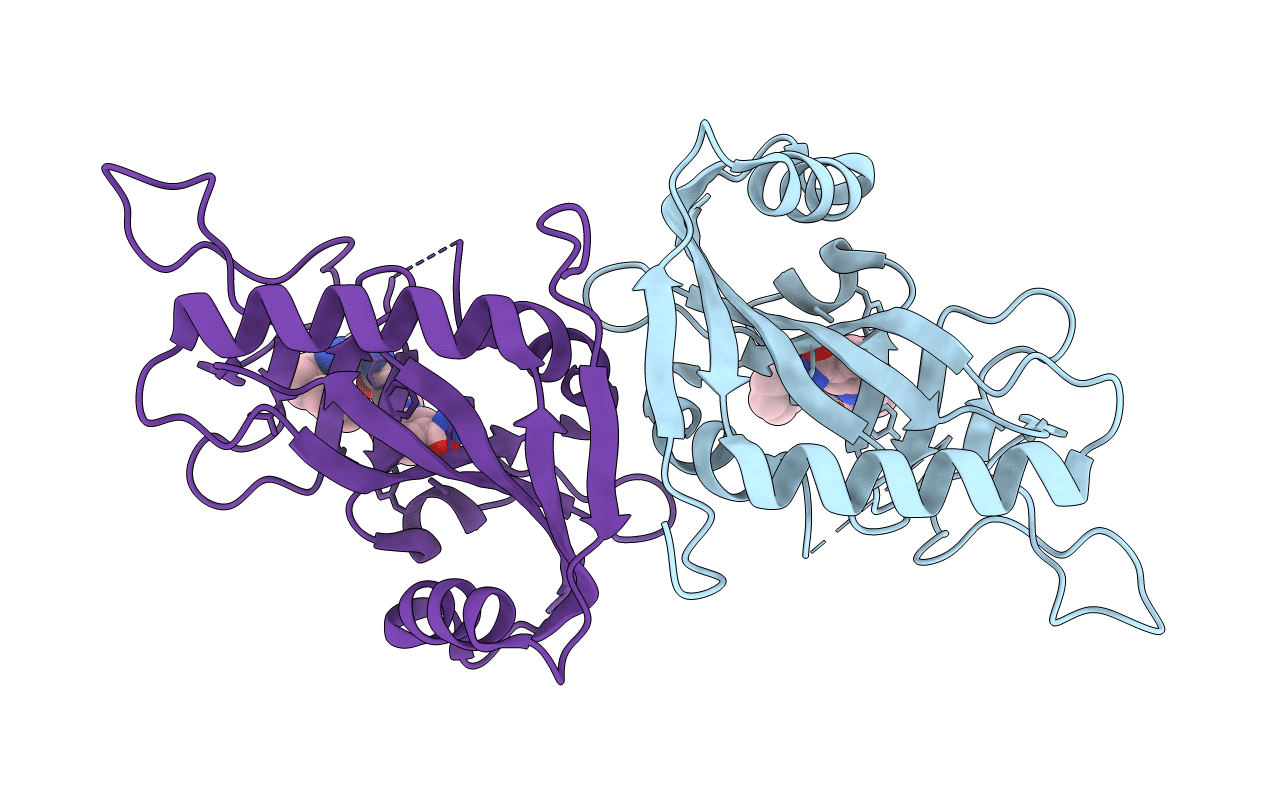
Deposition Date
2016-09-22
Release Date
2016-12-21
Last Version Date
2024-11-20
Entry Detail
PDB ID:
5LXP
Keywords:
Title:
Human PARP14 (ARTD8), catalytic fragment in complex with inhibitor H5
Biological Source:
Source Organism:
Homo sapiens (Taxon ID: 9606)
Host Organism:
Method Details:
Experimental Method:
Resolution:
2.07 Å
R-Value Free:
0.20
R-Value Work:
0.17
R-Value Observed:
0.17
Space Group:
C 1 2 1


